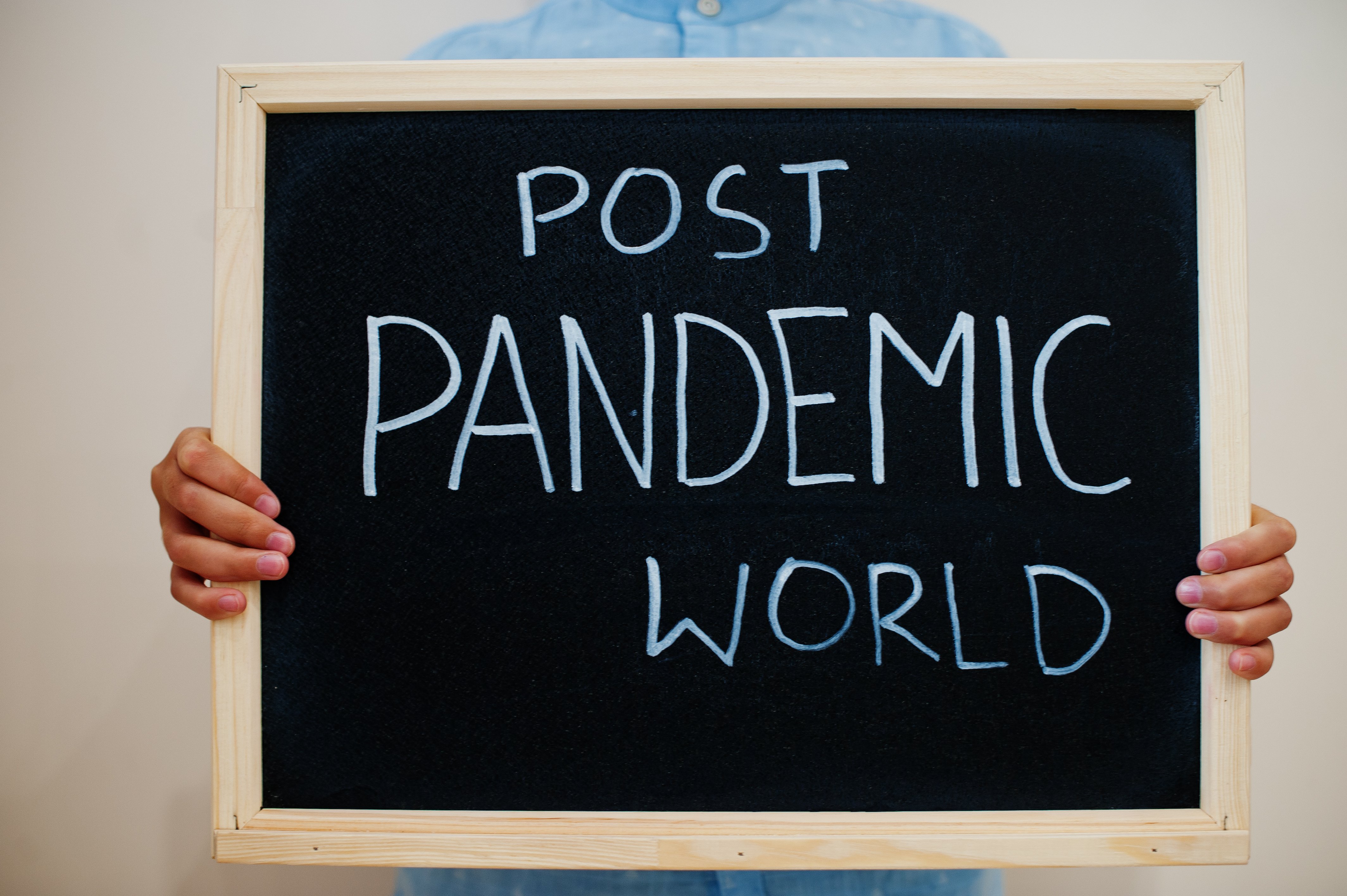
Many beneficiaries of Medicaid and CHIP plans were automatically re-enrolled due to continuous enrollment provisions during the pandemic without having to provide proof of eligibility. This has caused a conundrum for providers with the pandemic ending on 5/11/2023. It is estimated that between 5 million and 14 million people will lose Medicaid coverage during the “unwinding” of Medicaid, according to KFF.org 10 Things to Know About the Unwinding of the Medicaid Continuous Enrollment Provision | KFF This will cause major financial impacts to facilities that have a high Medicaid population. Medical facilities and providers are already facing staffing shortages, burnout, turnover and financial short falls due to the pandemic.
Providers are now scrambling to ensure all Medicaid and CHIP enrollees don’t just throw away renewal applications away, thinking they will still qualify. They are now taking steps to ensure that their patients are aware. Many planned well in advance, notifying patients as they came in for appointments and services that they would need to reapply for continued coverage.

Other providers did not take action prior to the end of the pandemic to prepare patients and are now suffering the consequences, with failing eligibilities and previously qualified Medicaid beneficiaries now becoming self pay clients with no means for paying medical bills. This will place a strain on organizations financial assistance and charity programs seeing an uptick in balances being sent through these programs.
What can you do to lessen the impact on your organization:
- Providers should have financial counselors on hand and people to assist patients in the Medicaid renewal process. There are many vendors that offer patient financial services and will assist hospitals with this process either remotely or by placing staff in your facility. You can also hire your own qualified staff such as social workers and eligibility specialists. It is vital to your organizations financial well being to offer these kinds of services to assist patients as it is much easier to collect from a payer than a patient.
- Providers should proactively and regularly check patient eligibility. If you have patients scheduled for future visits, don’t wait until the day of the visit to check their eligibility. Most organizations are checking all Medicaid/CHIP patients that have been seen in the last year to ensure they can notify patients of lost eligibility for these programs. They can then be referred to the organization’s eligibility specialist or financial counselor for assistance of determining eligibility for Medicaid.
- Identify patient populations that may no longer qualify for Medicaid/CHIP and determine if they could possibly qualify for a marketplace plan. These plans also come with tax credits which are paid directly to the marketplace plan and patient is responsible for the remaining amount of the premium. These premiums are all income based so patients need to know if their income changes their tax credits could also decrease or increase.
- Understand that Medicaid/CHIP has 3 phases of the unwinding. It is important for your organization to understand the directives of the 3 phases and what they will mean for your patients. Medicaid has published a great tool kit with useful information, social media and website tips to ensure your patients are informed and know what to do. You can find it here: Medicaid and CHIP Eligibility Renewals: A Communications Toolkit
Source #2: https://www.medicaid.gov/resources-for-states/downloads/unwinding-comms-toolkit.pdf



